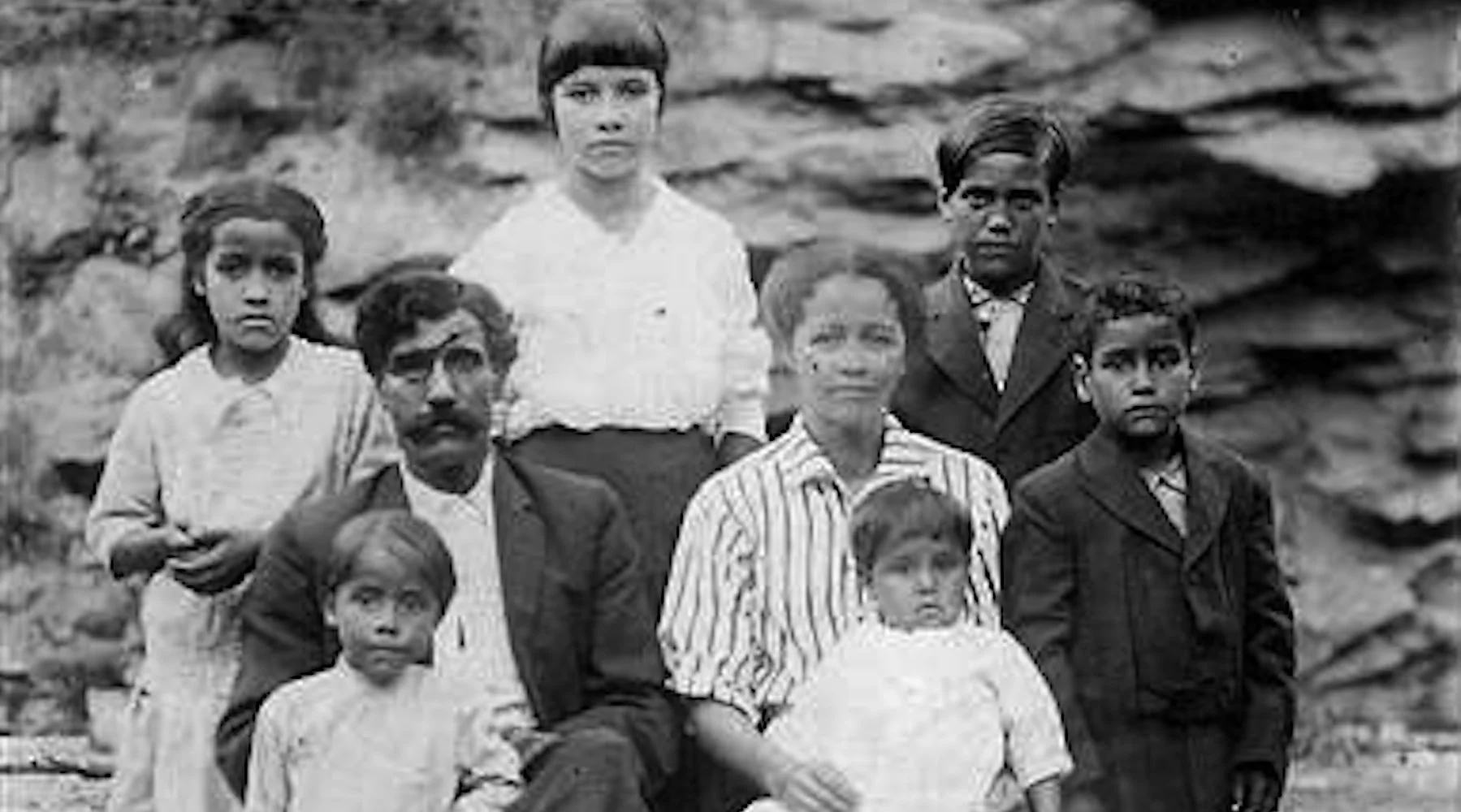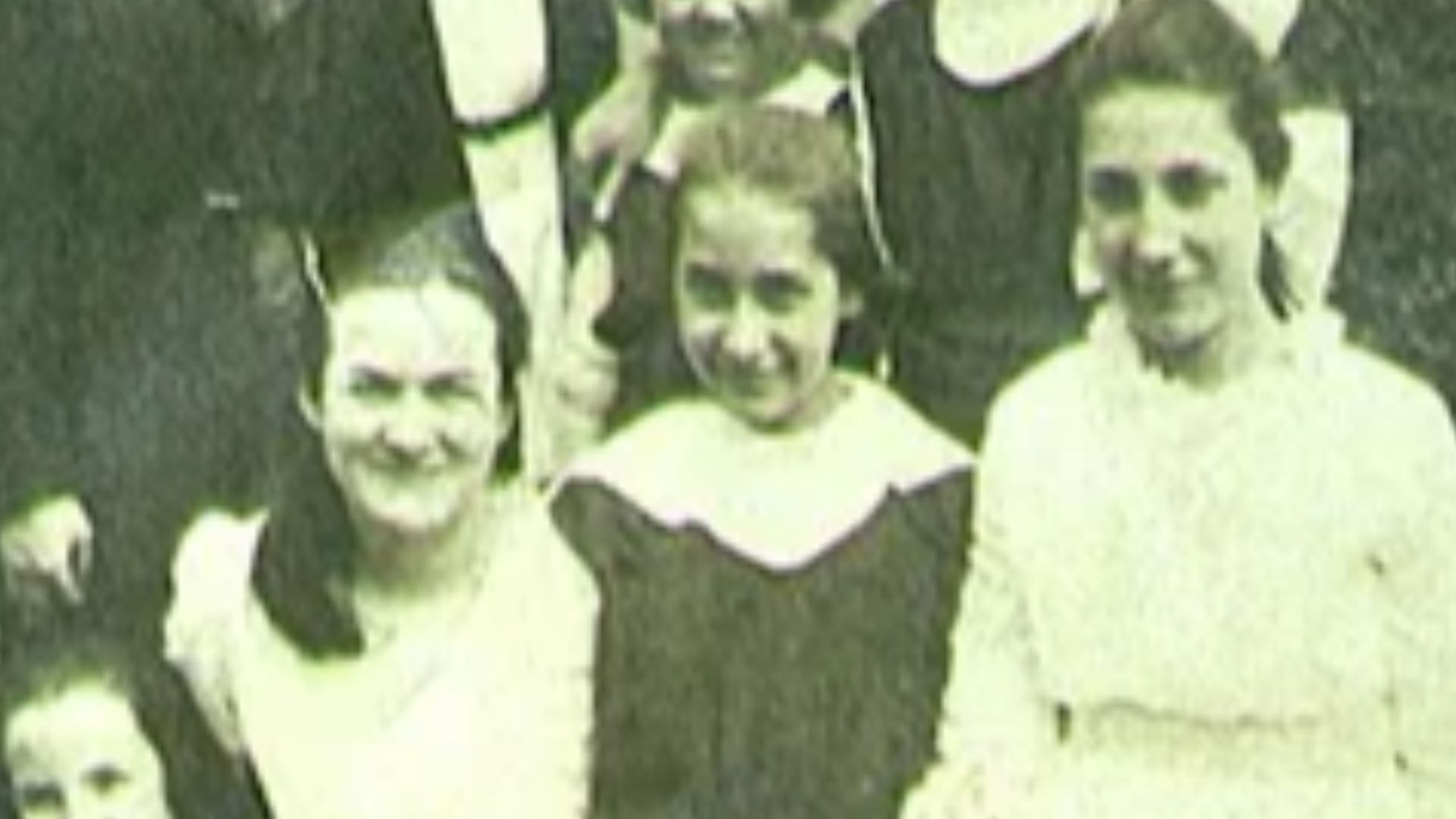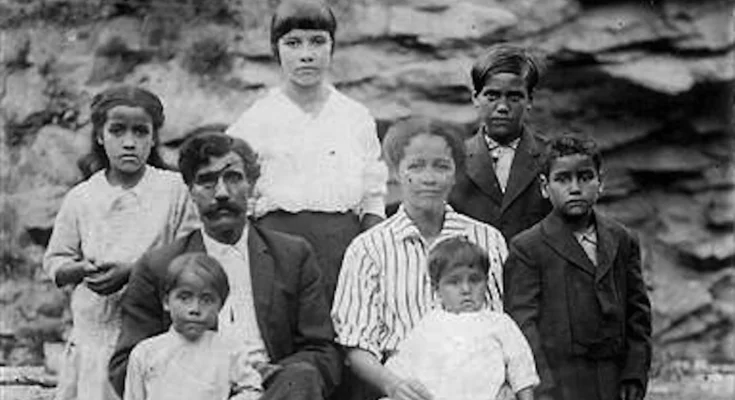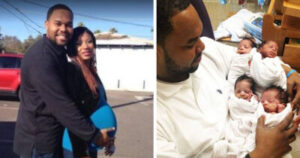Scientists Finally Solved The Melungeons Mystery In 2025 | HO!!

For more than two centuries, the people derisively labeled “Melungeons” occupied a foggy space in American imagination—rumored to be stray Turks, shipwrecked Portuguese sailors, descendants of Phoenicians, Roanoke survivors, or even wandering Romani.
Their olive‑toned skin, dark hair, and sharply defined cheekbones refused to sit neatly inside the racial boxes early America tried to impose. Myths multiplied; documentation thinned.
A Slur Becomes a Research Keyword
The word “Melungeon” first surfaces in an 1813 Stony Creek Baptist Church disciplinary record in Scott County, Virginia—already weaponized as a local slur implying mixed ancestry and social suspicion.
But the people so labeled had been present in the Upper South’s ridge-and-valley frontier for generations, their family formations traceable (once disaggregated) to free people of color, small farmers, and frontier intermarriages spanning European (primarily British Isles), African, and some Indigenous American lines in 17th–18th century Virginia and the Carolinas.
Rather than a bounded ethnic “tribe,” they were a regionally clustered outcome of early colonial racial fluidity later pressured by tightening legal binaries.
Why the Mystery Persisted
Three reinforcing forces prolonged confusion. First, documentary noise: census enumerators, county clerks, and tax lists alternated among labels—“mulatto,” “free Negro,” “Indian,” “other free persons”—creating a data smear that masked continuity.
Second, self-protective narrative engineering: as antebellum and postbellum statutes sharpened penalties for those classified as Black, families increasingly advanced “Portuguese,” “Spanish,” “Black Dutch,” or “Black Irish” origin stories to buffer property rights and civic standing.
Third, geographic retreat: relocation into Appalachian hollows (notably present-day Hancock County, Tennessee, and adjacent areas) reduced outsider observation while simultaneously fertilizing outsider speculation.
The Turning Point Before the Finish Line
Foundational genetic clarification did not begin in 2025; it accelerated earlier. A pivotal 2011 study (Roberta Estes, Jack Goins, Janet Lewis Crain, Penny Ferguson) in the Journal of Genetic Genealogy employed Y-DNA (paternal), mitochondrial DNA (maternal), and early-generation autosomal comparisons across core surnames (Collins, Gibson, Goins, Mullins, et al.).
Results showed dominant Western European paternal haplogroups (e.g., R-M269 lineages), coupled with significant African and Native American mitochondrial lineages—classic signatures of gendered admixture patterns typical of colonial-era Chesapeake and Piedmont frontier communities. That evidence dismantled exotic Old World origin tales but did not, by itself, integrate all the sociocultural layers.
What 2025 Adds: Synthesis, Resolution, and Fine-Grain Attribution
Declaring the puzzle “solved” in 2025 reflects synthesis, not sudden revelation. Three new or matured analytical streams coalesced:
High-resolution autosomal phasing and rare-variant clustering
Third- and fourth-generation whole-genome panels (leveraging sequencing depths once reserved for medical cohorts) enabled more precise admixture timing. Segment length decay modeling places principal African and Indigenous contributions largely in the late 1600s through mid-1700s—earlier than many folk narratives suggested, aligning with Virginia’s transitional period before racial caste lines crystallized in law.
AI-assisted archival entity reconciliation
Natural language processing models trained on 19th-century clerk orthography (misspelling-aware) and applied to digitized chancery, land grant, and road order records re-linked fragmented identity trails. Surname shape-shifts (e.g., Goin → Goins → Gowen) and strategic reclassification episodes could be tracked longitudinally, demonstrating continuity where earlier historians saw demographic disappearance.
Networked genealogical triangulation
Crowd-sourced family trees historically introduced circular confirmation of myths (“Portuguese” entries feeding new assertions). 2022–2025 methodology improvements weighted only source-cited nodes (probated wills, court depositions, tax enumerations) and cross-validated them against genetic inferred kinship coefficients.
The resulting bipartite graphs collapsed speculative “Mediterranean” branches while strengthening documented linkages to known free communities of color in early Virginia counties such as Louisa, Halifax, and Orange.
Debunking the Exotic Narratives
Phoenician, Ottoman, Sephardic, or Romani claims fail under converging lines of evidence. No consistent Levantine or Near Eastern Y-haplogroups appear at abnormal frequencies; Iberian-specific autosomal components are modest and fully explainable through English colonial-era European population structure (which already carries baseline Southwest European admixture).
Culinary, lexical, or ritual “proofs” dissolve under scrutiny as adaptive Appalachian folk practices with pan-regional parallels rather than conserved foreign survivals.

Legal Pressure and Adaptive Identity
Court transcripts—now more fully indexed—reveal identity defense as pragmatic theater. In cases like the 1870s disputes over inheritance (e.g., the Martha Simmerman matter), counsel advanced Mediterranean or “ancient” lineages not due to genuine preserved origin memory but because such scripts fit judicial receptivity.
The performative nature of those claims becomes obvious when juxtaposed with earlier, plainer 18th-century records listing the same lineages under broad “free colored” categorizations before legal risk escalated.
Why DNA Alone Was Not Enough
Early public discourse treated genetics as silver bullet, yet without contextual scaffolding raw admixture percentages risked anachronism (projecting modern racial constructs backward). 2025’s “solution” status rests on integrative concordance: temporal admixture windows match documented servant–freeman interaction zones; surname dispersal patterns mirror known migration pathways along Great Wagon Road offshoots; and sociolegal pivot points (statutory tightening, voting restrictions, testimony exclusion) align with waves of deliberate myth-making and mountain relocation.
Cultural Reckoning
The acceptance curve inside descendant communities has broadened. Where some early 2010s responses resisted African components (internalized legacy stigma), current interpretive frameworks increasingly celebrate tri-racial heritage as emblematic of an under-acknowledged, formative stratum in American ethnogenesis.
Heritage events now pair genetic literacy sessions with workshops on interpreting chancery bundles—melding molecule and manuscript.
What the Melungeons’ Story Teaches About America
Porous Beginnings: Colonial labor regimes (indentured European + enslaved African + Indigenous displacement zones) produced interwoven family fabrics before later codification tried to retroactively segregate ancestry lines.
Myth As Shield: Fabricated Iberian or “Black Dutch” veneers were tactical technologies of survival under racialized property law.
Data Fragmentation: Ambiguous clerk labels were not neutral—they materially obscured lineage reconstruction for two centuries, illustrating how bureaucratic categories can manufacture mystery.
Interdisciplinary Necessity: No single discipline—folklore studies, law, genomics, or cartography—could untangle the web independently. The “solved” status is a systems achievement.
Remaining Micro-Questions
“Solved” does not mean exhausted. Fine-grained questions persist: exact Indigenous source populations (complicated by limited reference panels for Southeastern tribes), micro-migration sequencing between specific Virginia piedmont counties and upper East Tennessee coves, and fully disentangling later 19th-century in-migration from core ancestral clusters. These are refinements, not foundations.
Ethical Reflections
The Melungeon case underscores the ethical obligation to contextualize genetic findings within histories of coercion, stigma, and adaptive narrative labor. Public reporting frameworks developed since 2023 now recommend pairing admixture summaries with plain-language explanations of why ancestors might have suppressed truthful lineages—reframing concealment as resilience rather than deceit.
Conclusion: Mystery to Model
The romance of shipwrecked sailors dissolves, but what replaces it is arguably more compelling: a data-grounded chronicle of ordinary people improvising dignity and continuity inside tightening racial architectures. The “solution” is not a single origin story—because one never existed—but a high-resolution mosaic whose tesserae are now finally locked in place.
In demystifying the Melungeons, researchers illuminate a broader truth: the United States’ early social fabric was more mixed, more entangled, and more adaptive than later binary myths allowed. Far from diminishing the community’s legacy, the evidence restores it—anchoring their story firmly inside the mainstream narrative of how America, in all its complexity, actually became.



